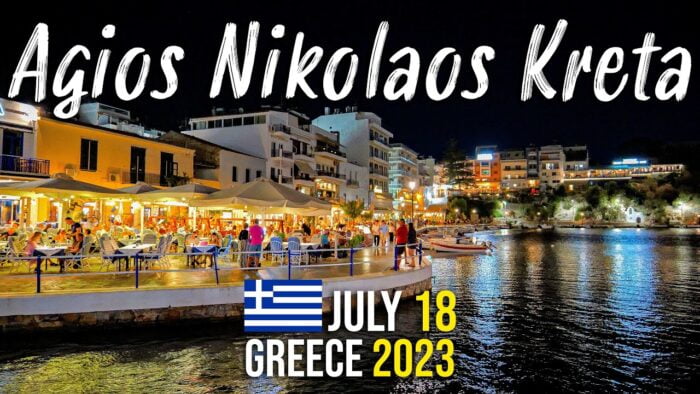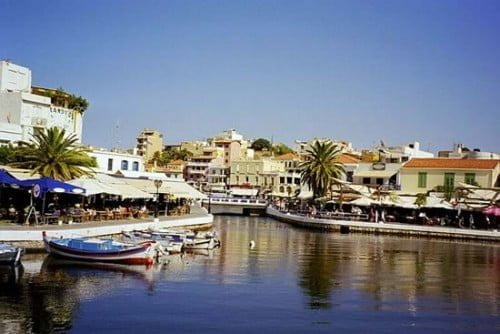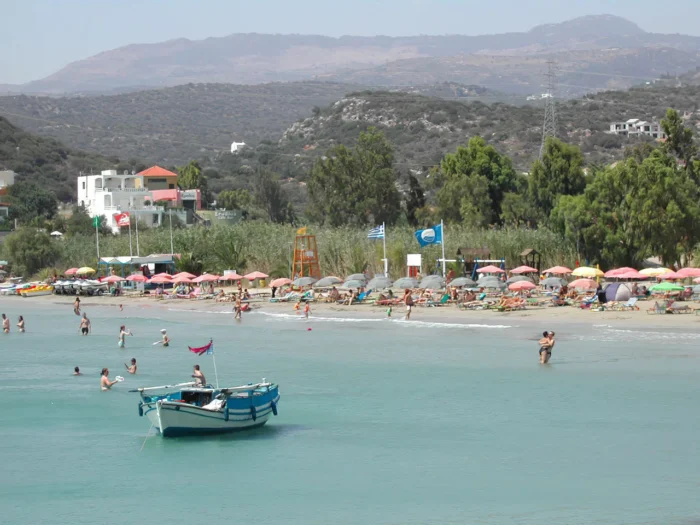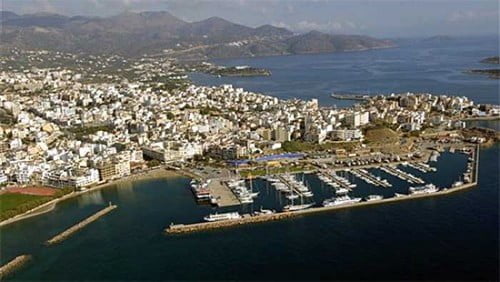History of Spinalonga
The history of Spinalonga matches that of Elounda, beginning in prehistoric times. Information on Spinalonga is scanty until the Venetian period.
Spinalonga in ancient times
It seems that from ancient times, i.e. the Minoan period, Spinalonga protected and guarded the harbour of ancient Olous or Olounda, modern-day Elounda.
This is borne out by the finds from the area in which arose the city-state of Olous, one of the hundred cities of Crete mentioned by Homer.
Olous grew into a major city of northeast Crete, with an organised sanctuary, an important harbour and its own coinage. A large part of it is now underwater.
Spinalonga in Byzantine times
Olous, to which Spinalonga belonged, flourished until the 8th c. AD, when the threat of Arab piracy throughout the Mediterranean forced the inhabitants to move inland.
The decline of the area during the Arab occupation (827 – 961) continued in the Second Byzantine period (961 – 1204), but was interrupted during the Venetian occupation (1211-1669).
Spinalonga in the Venetian period
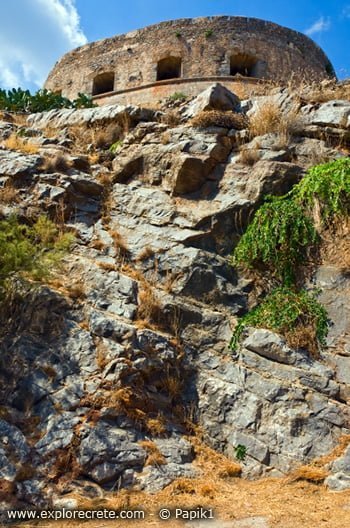
Those cunning merchants, the Venetians, recognised the value of the natural harbour of Elounda and naturally exploited it. In the shallow, salty waters of the bay they built saltworks, a particularly lucrative enterprise, while continuing to export local agricultural goods.
In those days, of course, piracy made commerce unsafe, and it was apparent in the 16th century that the Ottoman Turks were turning their gaze ever westwards. The Venetians, sensing that their possessions were threatened, did not take this lying down.
They improved the existing defences, and designed and built new fortresses according to the new bastion system of fortification, which the development and widespread use of gunpowder had made necessary.
The new fortress of Spinalonga was built in 1579 under the supervision of the General Proveditor of Crete Giacomo Foscarini. The fortifications incorporated the ruins of the ancient city walls.
The fortress is actually a fortified complex including high double walls and stern towers. Today most of it is preserved in reasonable condition and it is considered one of the most important sea fortresses in the Mediterranean.
To get an idea of what Spinalonga was like at the time, in 1630 it had 35 cannon, essentially meaning that it had been turned into an island fortress with great firepower. This explains why it was never conquered by an enemy.
Venice managed to hang onto Spinalonga even after the fall of Heraklion to the Turks in 1669, keeping it in its possession, along with Gramvoussa and Souda, until 1715, in the hope of retaking Crete.
Spinalonga in the Turkish period
Spinalonga was finally ceded to the Ottoman Turks in 1715 under a treaty with Kapudan Pasha. After its surrender, Spinalonga became a refuge for Christians fleeing Turkish depredations.
The Turks invaded Crete in 1645 and conquered most of the island in two to three years. Heraklion (Chandax) held out for 21 years before falling in 1669. Spinalonga, however, was only surrendered 60 years after the Turkish invasion, showing how well the Venetians had designed its defences.
During the Turkish occupation, a new era in the history of the island began. Ottoman families now settled here, due to the safety provided by the defences.
In the mid-19th century, large numbers of people, mostly merchants and sailors, took advantage of the fortified settlement to control the maritime routes of the Eastern Mediterranean.
Spinalonga in the 20th century
The islet of Spinalonga was largely abandoned in 1898, when Crete became an independent state. The last Turkish inhabitants left in 1903, and the island was turned into a leper colony until 1957.
During the Second World War, the Germans continued to supply the lepers of Spinalonga with food and other materials, but did not dare to establish a guard-post on the island. This gave the patients a little more freedom, as they could listen to radio broadcasts from Cairo and London, an activity obviously forbidden in occupied countries.
The archaeological park of Spinalonga
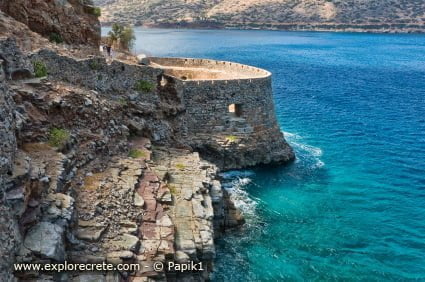
In the 1970s Spinalonga was declared a protected archaeological area. Excavations began, the buildings of the Leper Hospital were pulled down and the walls were restored under Borboudakis, then Ephor of Byzantine Antiquities.
In the 1970s Spinalonga was declared a protected archaeological area. Excavations began, the buildings of the Leper Hospital were pulled down and the walls were restored under Borboudakis, then Ephor of Byzantine Antiquities.
Today Spinalonga is one of the most popular tourist sights in Crete, with thousands of visitors every day.
© explorecrete.com All Rights Reserved. Reproduction or copying without permission is prohibited.


